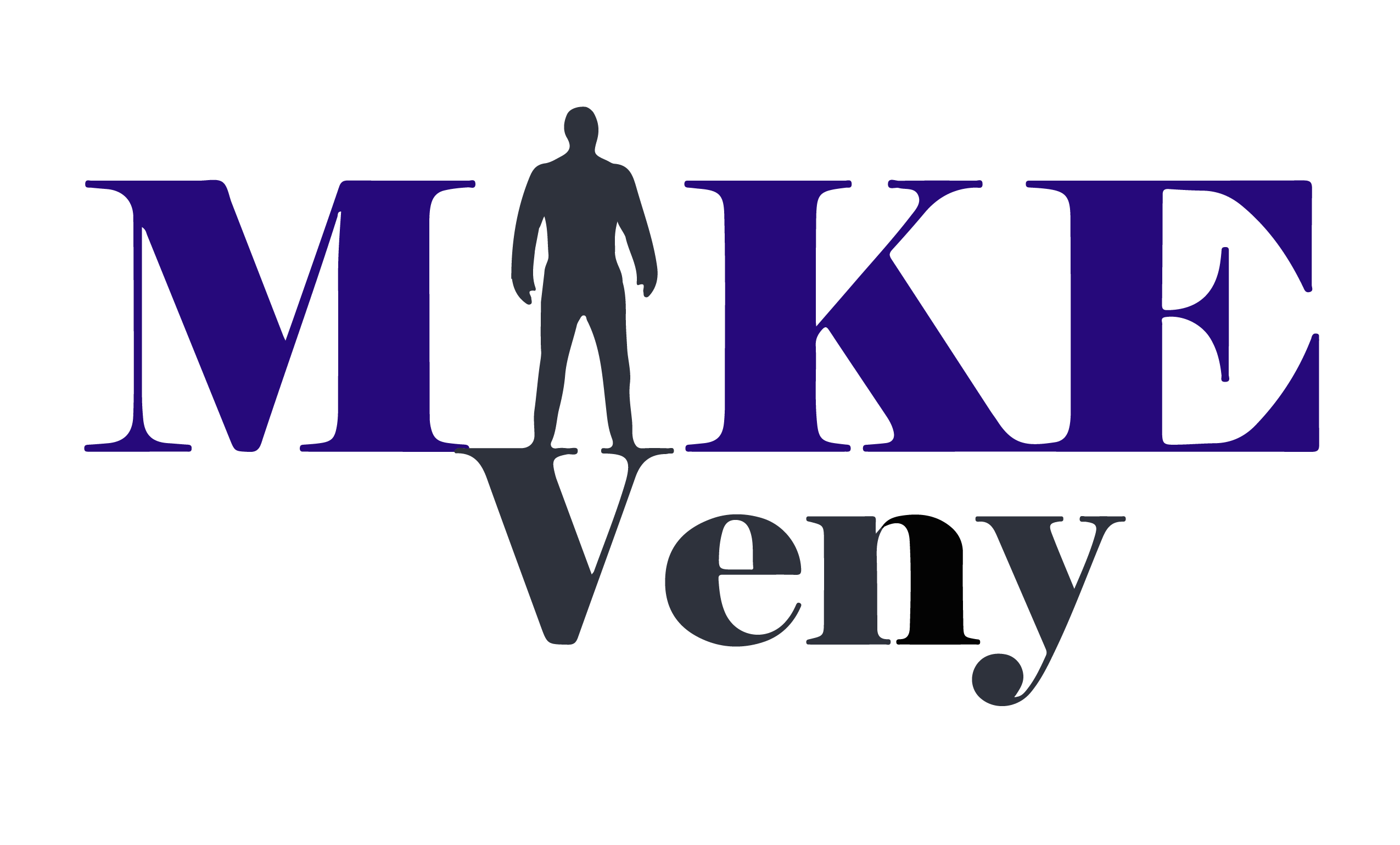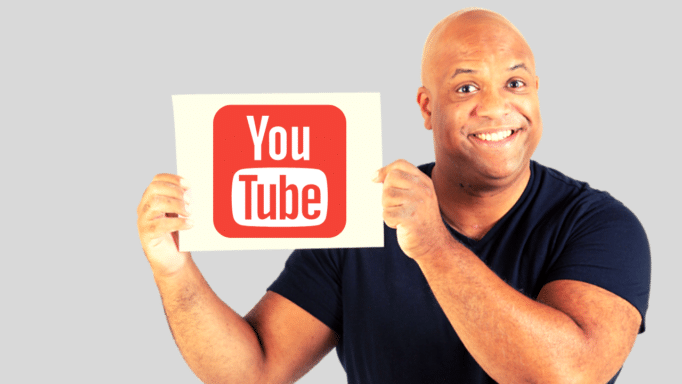
If you enjoy the video below, please like, comment, and subscribe to my channel!
So, how do you set boundaries with coworkers at work? If you constantly feel powerless, because you’re always saying yes to coworkers or you feel that you have difficulty standing up for yourself at work, I encourage you to watch this video. By the end of this video, you will learn three things that you can start doing to set boundaries with coworkers at work. Thank you for taking a moment to watch this video. My name is Mike Veny and on this channel, you will find peace of mind through original mental wellness tips, proven Diversity & Inclusion strategies, and so much more. If you are new, welcome! I invite you to click that subscribe button and that little alert bell so you can be the first to know when a new video comes out.
I’m a workplace mental health speaker, and I’ve created a course called Transforming Stigma in the Workplace, and here are three things that you can start doing to set boundaries with coworkers. Number one, it’s really important that you become clear on what boundaries you need to set and why. Oftentimes, we get to a place of frustration with a situation that keeps happening or a person we keep encountering and we feel it’s toxic, but we haven’t taken the time to think about what clear boundaries look like, so I encourage you to do that. Years ago, I tried this myself. I was having some trouble with boundaries at work and I made it a point to make a list of the people that I was struggling to have boundaries with and took the time to write out a statement or paragraph as to what clear boundaries needed to look like.
Now, this was really powerful because just by doing that alone, I became clearer on what I needed to do when I communicated with them without doing anything else. So if you take nothing else from this video, you can simply start by doing that. Get clear on what your boundaries are and why. A great book to check out is called Boundaries by Dr. Henry Cloud and John Townsend. That book is a real kick in the butt; just want to warn you. Very intense, but it really taught me so much about first getting clear on what boundaries need to look like for me and I encourage you to do the same for me. Number two, clarify expectations. This is really important to do in every relationship, not just work relationships years ago. One of my friends taught me that when you clear up expectations on the front end, you avoid problems on the back end.
It’s really important that you take the time and effort to clarify with a colleague or boss or significant other, whatever is on their mind when you agree to something, whether that’s a project that you’re working on, whether it’s an assignment or just somebody asks you to do something, it’s important to clarify expectations. And here’s something that you can say that always helps move that conversation forward. Simply say, “Just so we’re clear, _____?”, and this forces that person to be clear with you and you to understand exactly what they want so you’re in a spot where you can say “yes”, “no”, or t”his needs to work differently for it to work for me”, whatever that is doesn’t matter, but it’s really important to get clear. You know, another thing that I want to bring up is that there are certain types of people who, how can I put this nicely?…are vague in their communication.
Maybe they say one thing initially and then when you’re halfway through a project, they say something totally different and totally, you know, it’s the opposite of what they originally said and so it’s important to help people get clear. I believe that in life that’s a part of leadership actually, is helping others gain clarity. So when you do this, you actually force people to get clear so they start respecting your boundaries. You know, just knowing that you’re trying to get clarity on something might be all that you need to get someone to respect your boundaries or understand that you do have boundaries. So that is number two. So I want to ask you what boundaries you need to work on at work. Please leave a comment below and let me know. For me, one of the boundaries that I need to work on is weekends.
Sometimes I work weekends and when I do that, I send emails to my team and sometimes they respond, but I really don’t want to hear from them on the weekends because I want everyone to take off the weekends, so I’m not being a good role model. It’s teaching them to just email me on the weekends and ask for stuff and it’s not good, so it’s something that I’m really trying to work on. In fact, there’s a feature on my email program that I use to manage email, called Front, that’s the name of it and I’ll leave a link to that below. In Front. I’m able to send an email but schedule it for another day to go. So for instance, I can email people on Saturday or Sunday, which I’m going to work on because that’s a boundary for me, but I can still do that.
and it will go out on Monday, so this way my team knows that Mike is just Monday through Friday. Really, really important to do. So I ask you again, what are some of the boundaries that you need to start setting at work? Please leave a comment below and let me know. Number three is my favorite. It’s learning to say no, there’s a book that I recommend you read called The Power of a Positive No by William Ury, who was a former hostage negotiator. Great person to learn from for saying no and in his book, he talks about how, oftentimes, we don’t want to say no to someone because we think it will hurt the relationship. But we end up saying yes, only to resent the fact that we said yes, and we end up stuck and this is one of the reasons we have trouble setting boundaries.
So in his book, he outlines a formula for learning to write and say no in a way that’s proactive and actually helps that relationship. I’ve been using this in my business because I often get asked certain questions through email constantly that are the same question and oftentimes I have to say no to it in a nice way. One common question that I seem to get about every week is when someone emails me and asks if they can write a guest post on my blog. And while I’m honored that they want to be on my blog and I’m sure their writing would be great, it’s just not in my vision for how my blog works or in my strategy for how I use my blog, so I’ve had to learn to say no to that. Sometimes it’s a speaking engagement. Someone will want me for a speaking engagement and it’s just not the right fit.
So I have a way of saying no that’s very nice honors the person and still is clear in my no and you know, I’ve taken this a step further to memorize these templates so I can use them in conversations. Oftentimes I’d be in a conversation with people, maybe at an event or whatever, and someone would come up to me and say, “Mike, I love to pick your brain for an hour or two about _____.”. Maybe they want to learn about becoming a professional speaker. Maybe it’s about mental health. Who knows? And initially, I would say yes and I ended up just really resenting the fact that I said yes, because I didn’t have the time and so I realized I was not helping anyone by saying yes. And I found a way to say no. And basically, I acknowledged that I’d be able to help them, but I let them know that I can do it as a consultant for a fee and this way, if they are serious, well, they can invest in working with me.
And that’s one of the ways I’ve learned to say no, but what it’s led to is much more peace of mind for me at work and I just got to say this for the record. Nowadays, since I’ve started to apply these three things that I’ve shared with you, my work relationships have been incredible. In fact, they’ve been basically stress-free and that’s been really awesome. And yes, it’s because of the great people that I found that I work with, but it’s also because I have developed new skills around setting boundaries with my coworkers. So let’s review what those are. Number one, it’s important to be clear about what boundaries you need, what they look like, and why. Number two, learn to clarify expectations with people constantly. And number three, learn to say no in a proactive way. I promise you it’s doable.
Now you know how to set boundaries with coworkers, but what about coworkers who might be struggling with mental health challenges? I’ve created a course called Transforming Stigma in the Workplace. I invite you to enroll in this self-paced course by clicking the link in the description below. Next, be sure to check out my video on how to stay sane while working from home during a pandemic. If you liked this video, please click that like button and share it with your friends. Be sure to subscribe. Thank you for watching and I’ll see you in the next video.
RESOURCES & LINKS MENTIONED IN THIS VIDEO:
- Boundaries Updated and Expanded Edition: When to Say Yes, How to Say No To Take Control of Your Life by Dr. Henry Cloud and John Townsend
- The Power of a Positive No: Save The Deal Save The Relationship and Still Say No by William Ury
- Front
=======================================
Mike Veny’s presentations are highly sought-after due to his high energy, audience engagement, and the actionable takeaways that he provides for the audience. Learn more here.
Learn on the go with Mike Veny’s online courses. Exclusive self-paced programs, dynamically designed to make an impact while supporting today’s continuing education requirements.
=======================================
If you want a FREE dose of exclusive wellness insights for leaders, sign up for my monthly email.
TWEET THIS VIDEO
**Click HERE to SUBSCRIBE for More Videos
=======================================
Thanks in advance for watching!
– Mike Veny 😎




